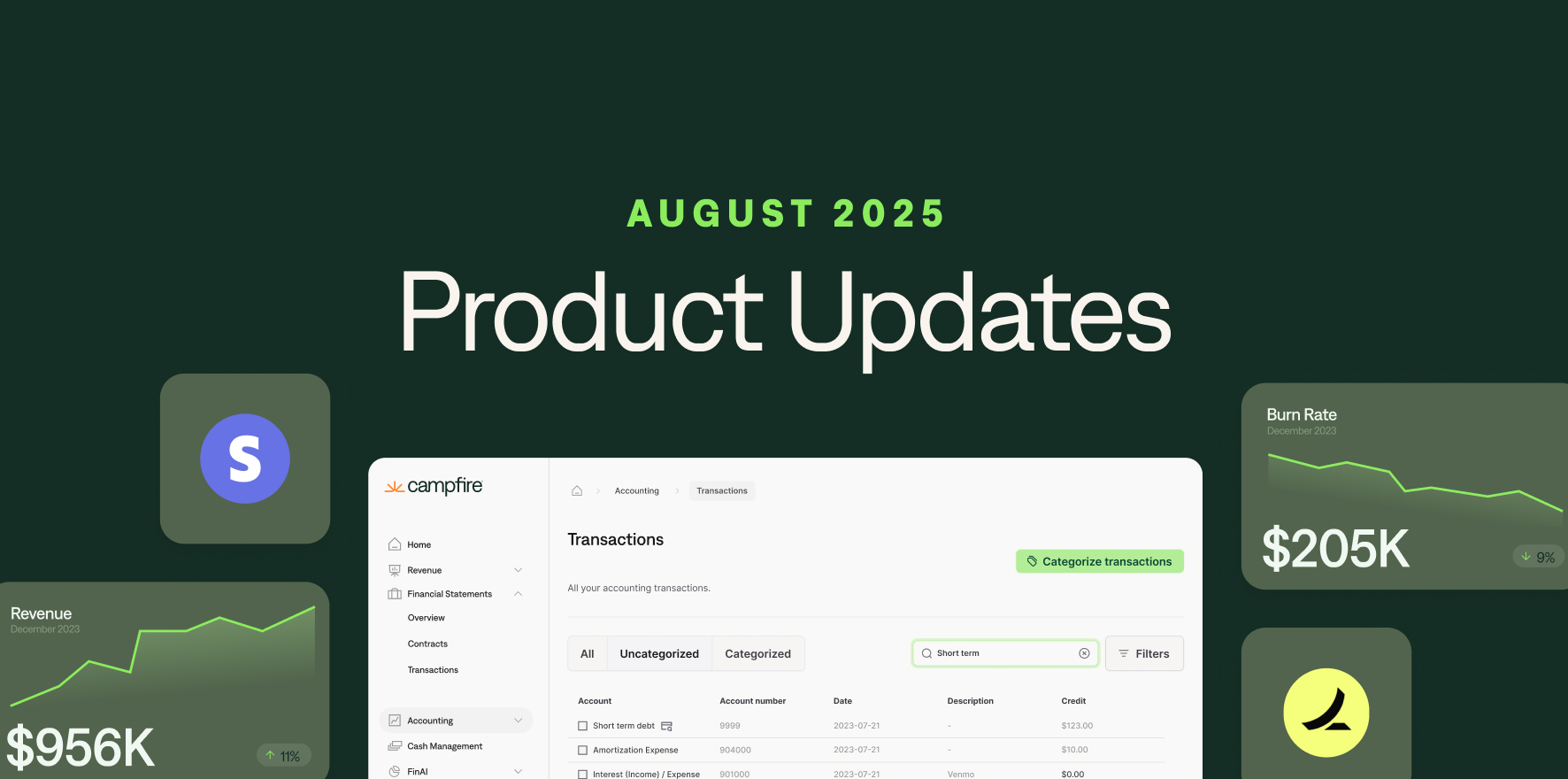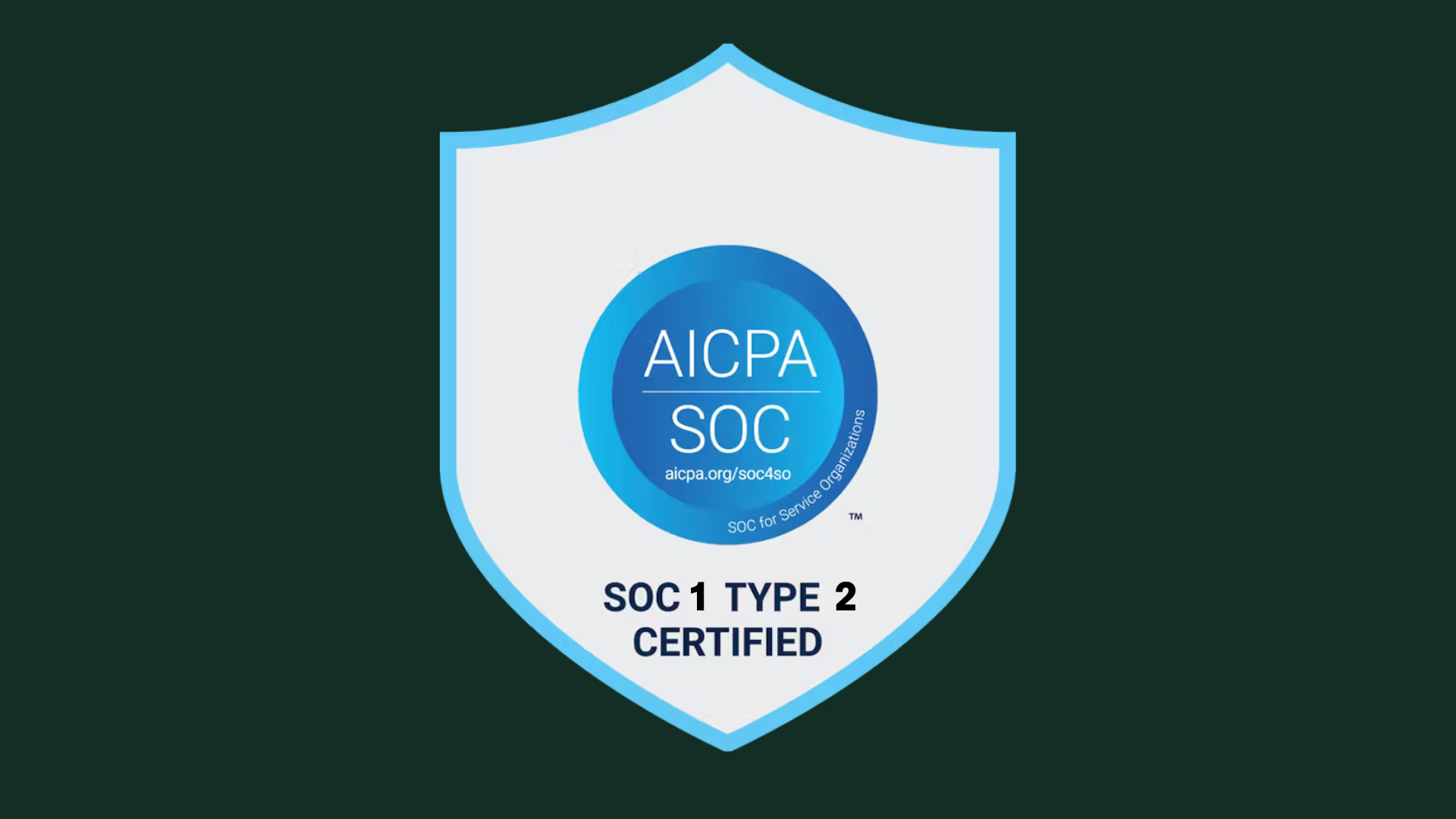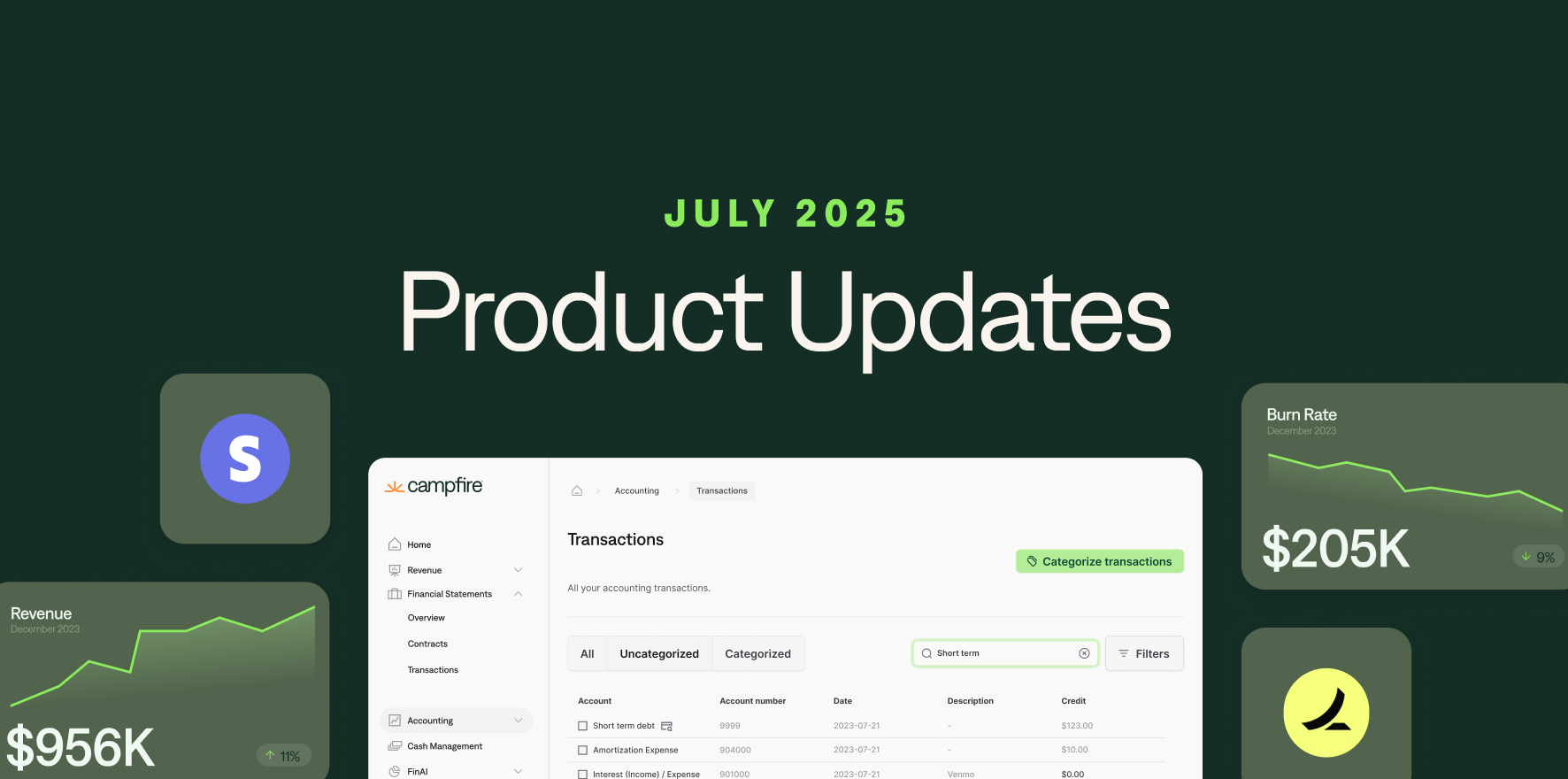How I Built Out Our Buyside M&A at a Series C Tech Company

In 2025, the venture capital market is open again, and there's a unique opportunity for finance leaders to develop their M&A function, especially if they've recently raised capital. Maybe your board is disappointed in your 2025 forecast, your product leaders wish they could build a large new product/feature but don't have the headcount, your sales team believes your product is missing key features - what can you do about this as a finance leader? Many assume that M&A is only for large corporations, but as someone who led buy-side acquisitions at a Series C company with just 100 employees, I can tell you that's not the case. Here's how to build out your buy-side M&A muscle, even as a smaller company without any dedicated corporate development professionals.
Start with Internal Alignment
The first step is getting buy-in from your leadership team. Schedule a conversation with your CEO to discuss the strategic opportunity. Here are some compelling reasons to consider acquisitions:
- Your product roadmap has gaps that would take significant time to fill organically
- There are technical capabilities your team currently lacks
- The strategic landscape is evolving rapidly (think AI, new product category emerging)
- Your sales team consistently loses deals due to missing features
- You need to make quick adjustments to market demands
Remember to position this as an opportunistic initiative rather than a guaranteed strategy, so my advise is to not build it into the product roadmap.
Identify Areas of Focus
Once you have leadership buy-in, start your research on product categories:
1. Meet with your sales team to understand loss reasons and identify key feature gaps, co-sell partners, and integrated partners.
2. Meet with your partnerships team to learn which categories and companies that are high
3. Review your product roadmap with the head of product to identify initiatives that might be challenging to build organically or long-range “dream product launches” on the 1-3 year vision roadmap.
4. Prepare your own thesis as well. Look for longer-term strategic initiatives that could be accelerated through acquisition
Build Your Target List
With clear categories of interest identified, it's time to build your target list. You can use tools like:
- Crunchbase
- LinkedIn Premium (similar companies section on a company page)
- PitchBook
Some of the best potential acquisitions have no/minimal funding, so they aren’t always in Crunchbase and PitchBooks. Be sure to perform online searches, ask ChatGPT, and creative methods of research.
Create a simple CRM (Notion, Airtable, Google Sheets) to track potential targets. Include key information like:
- Company profile: name + description + location
- Funding history
- Headcount
- Growth trajectory
- Product alignment
If you don't have access to premium tools, consider hiring a freelancer from a consulting marketplace like Upwork to help gather this intelligence.
Making Initial Contact
The approach is important, and it’s not unlike enterprise sales outreach with long multi-thread sales cycles. Here's what I've learned:
1. If possible, leverage existing dialog between partner or sales team for a warm intro.
2. Avoid mentioning corporate development or acquisition when reaching out - it can spook potential targets that aren’t in an M&A mindset (yet).
3. Frame the conversation around a potential partnership or general networking.
4. Look for signs of appetite for M&A: headcount growth is flat, no recent funding rounds
Deal Structure Flexibility
Don't assume every deal needs to be a major acquisition. Buy-side M&A can take many forms:
- Acquisitions under $1 million in total consideration are surprisingly common.
- Equity as a form of deal consideration to reduce cash consumption and better align seller and buyer post-acquisition..
- No consideration: Talent and/or product acquisitions as a form of “soft landing” for tech companies.
You likely don’t need an investment bank either - a good law firm and some deal experience from yourself or one of your executives can be sufficient. I completed several deals without banking support.
Key Risks
Acquiring companies is not without risks and many acquisitions end up as failures. It’s important to de-risk as much as possible before closing on a deal. Ensure executive sponsorship for delivering on the pro forma plan, expect some (if not all) of the executives and core team of the acquired company to leave over time, and incorporating their product into your product may never materialize. Despite the risks, this an opportunity to be strategic and accelerate your product roadmap and revenue growth.
Remember: successful buy-side M&A is about being opportunistic and patient. Don't plan your product roadmap around potential acquisitions, but be ready to move when the right opportunity presents itself.
Final Thoughts
Building a buy-side M&A capability doesn't require hundreds of employees or billions in revenue. With the right approach, growth-stage companies can successfully execute acquisitions that accelerate their growth and strengthen their market position. The key is to be strategic, thorough in your preparation, and ready to move when the right opportunity presents itself.


